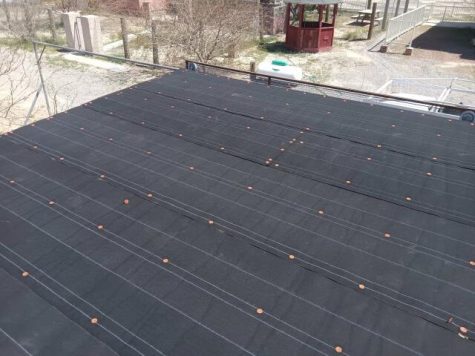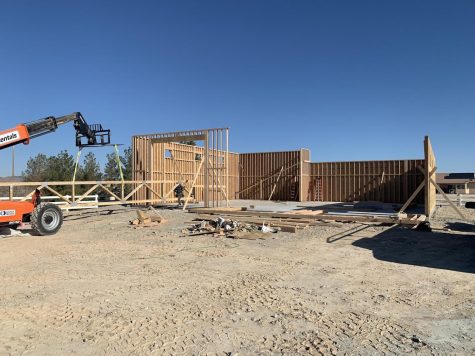Diamonds within Meteorites
September 10, 2018
On April 17th, an Astronomer had found an asteroid heading toward Earth. The Nature Communications reported that a meteorite contained tiny diamonds. He summoned help from other colleagues and casual stargazers as he tracked the space rock before it exploded in the sky, raining down in the Nubian Desert in Sudan. The meteorite was known as Almata Sitta.
They’re not made of the primitive material that consisted of the solar nebula, but also not as well mixed and baked as rocks that come from modern planets. The diamond matrix shows plastic deformation as evidenced by the high density of dissolution, a 4.5 billion year old relic that was destroyed during the earliest days. They’re not made of primitive material that considered the solar nebula, but also not as well mixed and baked as rocks that come from modern planets. Students from University of Khartoum volunteered to search for fragments, ultimately recovering more than 600 pieces of the meteorite from the Nubian Desert

The samples consists of several diamond segments with close crystallographic orientations, and are separated by graphite bands. Inclusion trails can be seen extending from one diamond segment into the next, while disappearing in the in-between graphite band. Similar to the graphitized, the graphite bands have grain boundaries parallel to {111} planes of diamonds.
“These samples are coming from an era that we don’t have any access to”. The equivalent of diving 600 kilometers into the Earth’s interior or attempting to hold up 100,000 tons with your bare hands. To create these conditions, the meteorites parent body would have to have been a planet at least as big as Mercury and possibly as large as Mars.
No one knows what had happened to the lost world. Many believe that the early inner solar system was crowded with large protoplanets that yanked and tugged at each others orbits until they finally crashed, coalesced or disintegrated. By the end of that era, about 100 million years after the birth of the solar system, only four current terrestrial planets remained.
The diamond is so strong that it serves as a powerful protective packaging for anything trapped inside. It’s nature’s safety vault, capable of preserving samples for billions of years. The diamonds found were up to 100 nm (nanometers) or small particles ranging from 50 nm.
Diamond composite aggregates can reach several hundreds of microns in exceptional cases. The crystallite size in these aggregates never exceeds 150 nm. The diamond size is 2-4 orders of magnitudes larger than shock produced diamonds. The diamonds could only have formed under incredible condition.
Samples for Transmission Electron Microscopy TEM investigations were prepared using the conventional in situ lift-out technique in a Zeiss NVision 40 dual beam instrument. Scientist believe that the space rocks come from a lost planet within space. The large diamonds are less likely to grow CVD by in the solar nebula. Moreover, the existence of inclusions these diamonds and the pressure required to form them above clearly rules out the CVD growth mechanism. Therefore, we can distinguish two distinct types of diamond in ureilites.

















